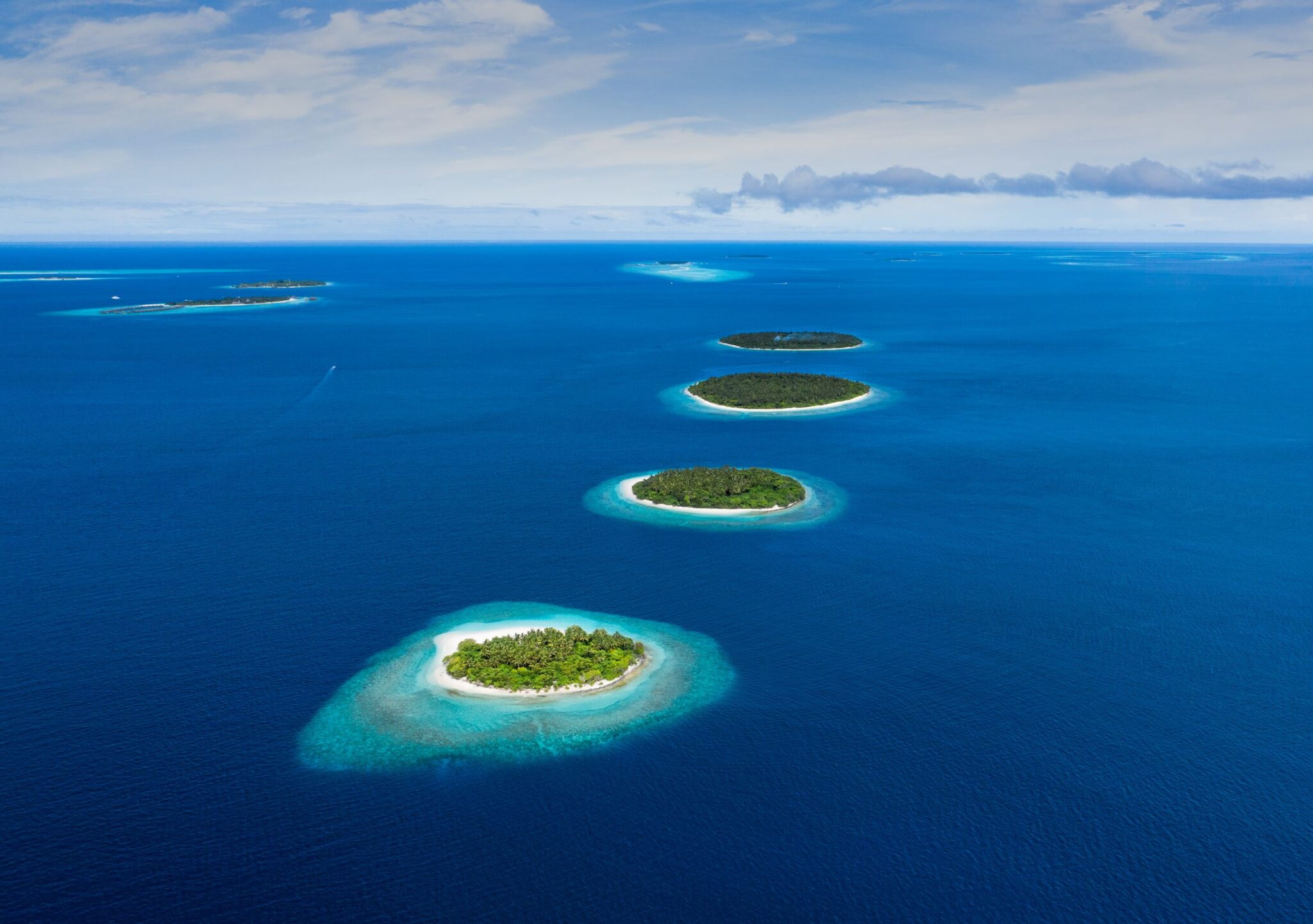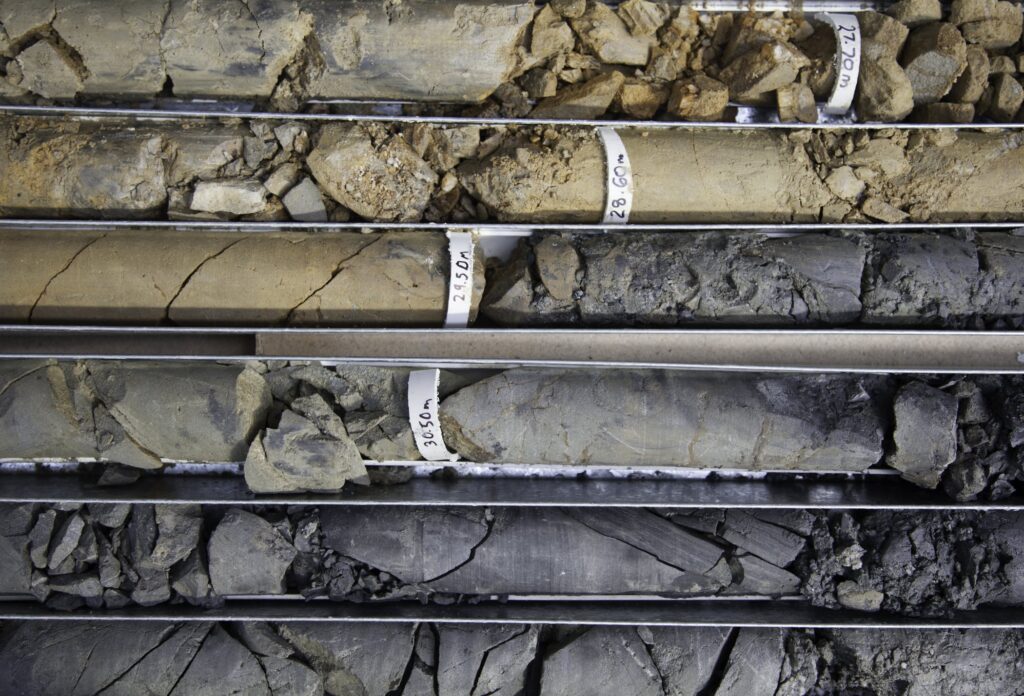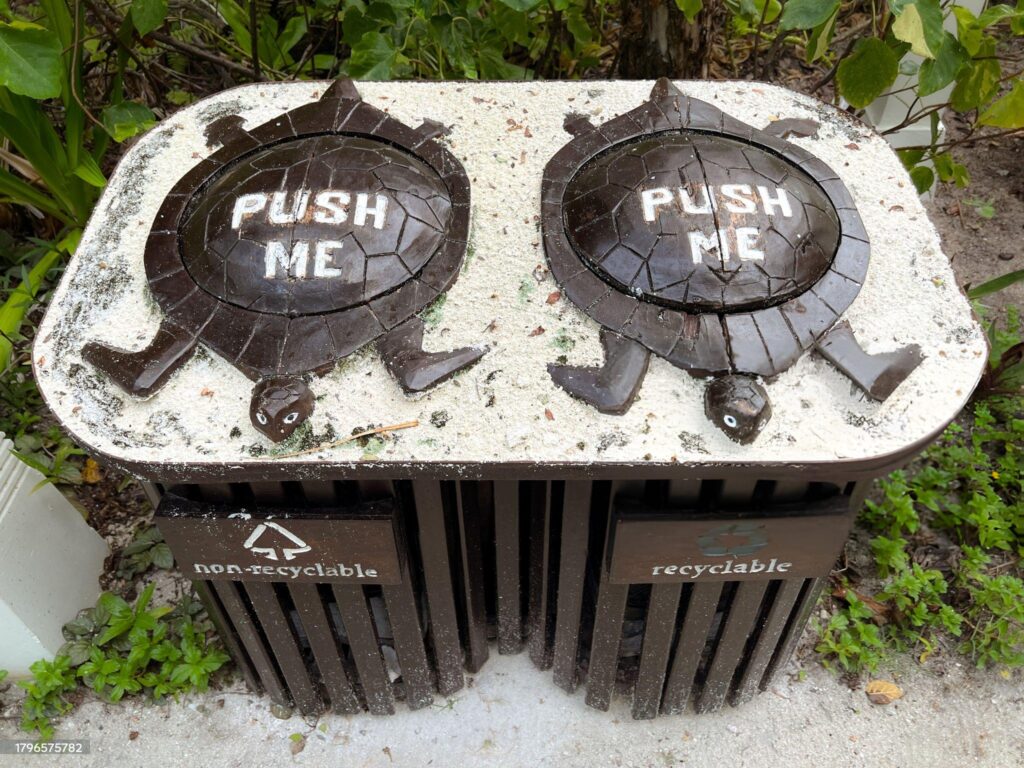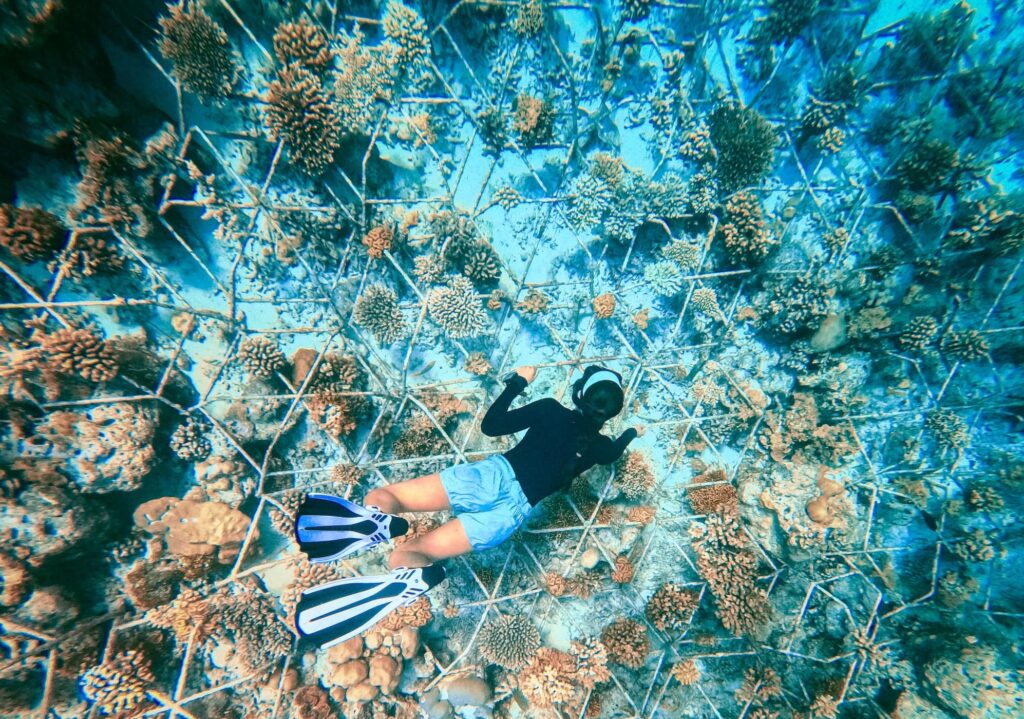The Maldives archipelago conjures images of turquoise waters lapping at white sand beaches, a haven for luxury resorts and unparalleled natural beauty. Yet, with a booming tourism industry, a critical question arises: how can we ensure development progresses without compromising the very environment that makes the Maldives so special?
Here at SIDCO (Sustainable Island Development Consultancy), we believe the answer lies in Environmental Impact Assessments (EIAs) – a scientific approach that forms the cornerstone of responsible island development.
This blog post goes beyond the surface, delving into the fascinating science behind EIAs and exploring how they translate into tangible benefits for the Maldives.
Unveiling the Invisible: The Science of EIAs
Imagine a development project on a pristine Maldivian island – a new resort promising unparalleled luxury. An EIA wouldn’t just assess the aesthetics, but rather act as a meticulous scientific investigation. It would employ a range of disciplines to map out the project’s potential impact on a complex web of environmental factors:
Marine Ecosystems: The Maldives is renowned for its vibrant coral reefs, teeming with marine life. EIAs utilize marine biology expertise to assess potential disruptions to these delicate ecosystems. This might involve underwater surveys to map coral formations, analyze water quality, and study fish populations.
Water Resources: Freshwater is a precious commodity in the Maldives. EIAs employ hydrology studies to understand the island’s freshwater lens, a layer of freshwater floating above denser saltwater. They assess potential changes in water tables due to construction or increased water consumption, ensuring the project doesn’t disrupt this vital resource.
Erosion and Land Use: Island landscapes are dynamic, constantly shaped by wind, waves, and currents. EIAs incorporate geological and coastal engineering expertise to predict how a project might affect erosion patterns. They also assess changes in land use, ensuring development doesn’t disrupt natural vegetation or destabilize the island’s fragile geology.
Climate Change: The Maldives is particularly vulnerable to rising sea levels and changing weather patterns. EIAs incorporate climate science to assess the project’s vulnerability to these threats. This might involve analyzing storm surge risks, designing for future sea levels, and considering the project’s carbon footprint.
From Data to Decisions: How Science Guides Development
The scientific data gathered during an EIA is then meticulously analyzed and translated into actionable insights. This information becomes a roadmap for project development, guiding crucial decisions such as:
Project Design and Location: EIAs can inform decisions about the physical footprint of the project, identifying areas with lower environmental impact for construction. This might involve minimizing coastal development, utilizing renewable energy sources, or incorporating sustainable waste management systems.
Construction Methods: The chosen construction methods can significantly impact the environment. EIAs can recommend techniques that minimize disruption to marine ecosystems, reduce erosion risks, and utilize locally sourced materials.
Environmental Mitigation Strategies: Even with careful planning, some degree of environmental impact is inevitable. EIAs help identify these areas and propose mitigation strategies. This might involve coral reef restoration programs, mangrove planting for erosion control, or water conservation initiatives.
Beyond Beauty: The Benefits of EIAs
EIAs aren’t just about protecting the postcard-perfect image of the Maldives. They offer a wealth of benefits for developers, communities, and the long-term sustainability of the islands:
Informed Decision-Making: EIAs provide developers with crucial scientific data to make informed choices about project design, minimizing environmental impact and potential risks. This can translate to cost savings in the long run by avoiding unforeseen environmental issues during construction.
Reduced Costs and Delays: Identifying potential environmental challenges early on can prevent costly mistakes and project delays later. Addressing these issues proactively saves time and money for developers, ensuring a smoother project lifecycle.
Promoting Sustainable Practices: EIAs encourage developers to adopt eco-friendly construction methods and operational practices. This might involve utilizing renewable energy sources, implementing water conservation measures, and prioritizing waste reduction and recycling.
Protecting Local Communities: EIAs go beyond the purely environmental, considering the social impact on local communities. They ensure projects benefit residents by creating employment opportunities, promoting cultural preservation, and contributing to sustainable livelihoods.
Building a Sustainable Future Together
The Maldives thrives on its natural beauty and the delicate balance of its ecosystems. Integrating science into the development process through EIAs is crucial for ensuring the long-term sustainability of the islands.
At SIDCO, we utilize a team of experienced scientists and local experts to conduct comprehensive EIAs. We believe in harnessing the power of science to create development projects that not only enhance tourism but also protect the environment for generations to come.
By working together – developers, communities, and environmental specialists – we can ensure that paradise not only remains beautiful but thrives for the future.
Ready to learn more? Contact SIDCO today!




